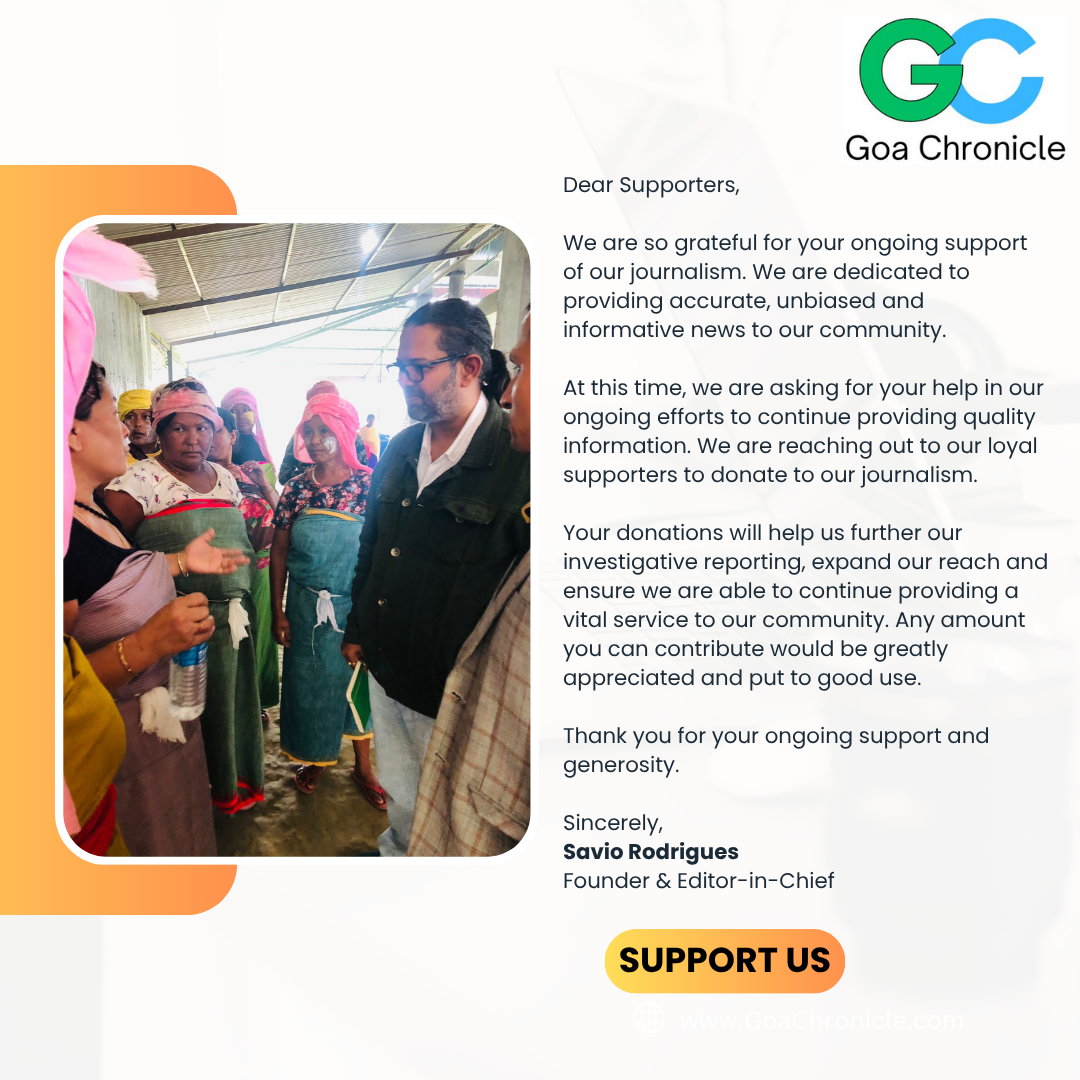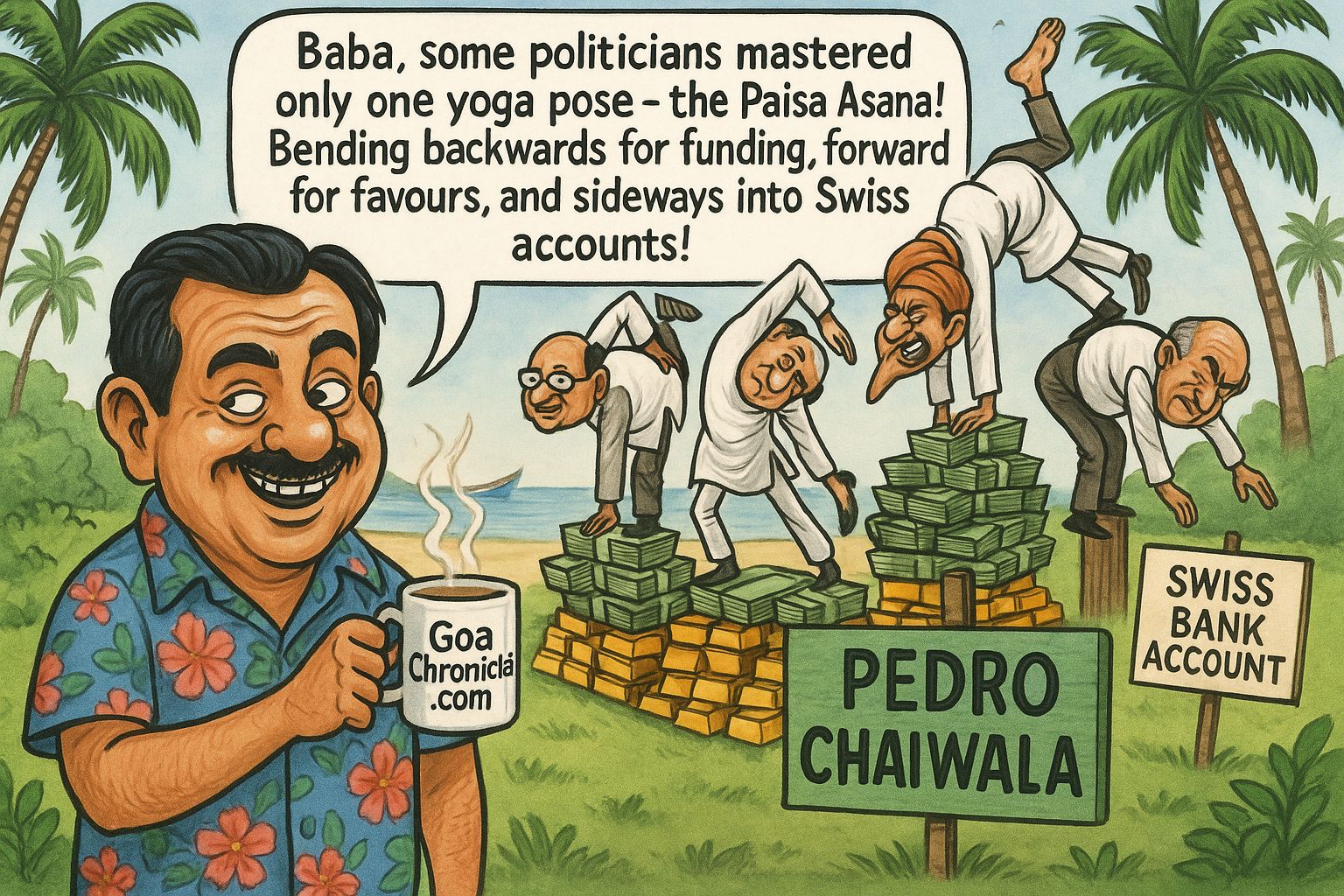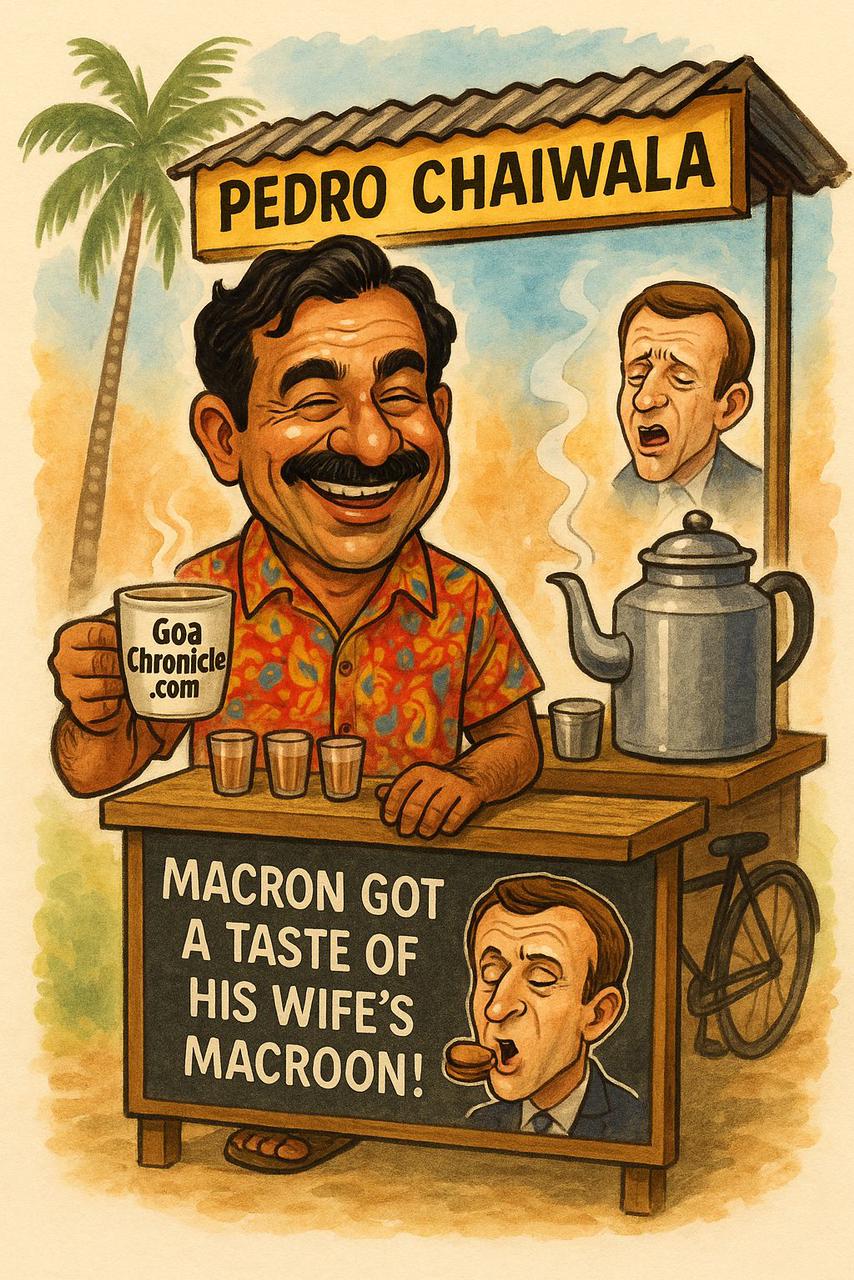Introduction: A Region at War with Itself
The Middle East and West Asia present a paradox of immense potential and perpetual conflict. Beneath the surface of oil-rich prosperity lies a deeply fragmented landscape where internal divisions, geopolitical maneuvering, and competing interests have created a cycle of violence and instability. The recent Israeli airstrike on Hamas leadership in Doha on September 9, 2025 – made possible by Saudi Arabia’s quiet approval of Israeli overflights – exemplifies how regional powers are increasingly prioritizing tactical gains over collective security, further destabilizing an already volatile region. This article examines the complex tapestry of conflicts, alliances, and internal fractures degrading the Middle East, with particular attention to how recent events reflect deeper structural problems that continue to undermine peace and development in the region.
1. Historical Foundations of Division
The current fragmentation of the Middle East is deeply rooted in historical processes that established artificial boundaries and competing power centers. The collapse of the Ottoman Empire and subsequent colonial demarcations created nation-states that rarely corresponded to ethnic, religious, or tribal realities. According to historical analyses, European powers “drew borders based on their own imperial interests rather than local realities,” establishing political entities that lacked organic cohesion. This arbitrary division planted seeds of conflict that would germinate throughout the twentieth century and beyond.
The post-World War II period witnessed the rise of Arab nationalism alongside the establishment of Israel, creating a new axis of conflict that would define regional politics for decades. The Cold War further complicated the landscape as superpower competition turned the region into a proxy battlefield, with the United States and Soviet Union supporting opposing factions across multiple countries. This external intervention entrenched authoritarian regimes and suppressed organic political development, creating what scholars have termed “security states” that prioritized regime survival over public welfare
Government Type Examples Key Characteristics
Parliamentary Republics Israel, Turkey, Iraq, Lebanon Elected governments with varying degrees of democratic integrity
Traditional Monarchies Saudi Arabia, Oman, Qatar Hereditary rule with absolute or near-absolute power
Theocratic Republic Iran Religious scholars oversee elected institutions
Transitional/Conflict States Syria, Yemen, Libya Weak central governments with multiple competing power centres
2. Internal Fractures: The Fault Lines Within
The Middle East’s instability stems not only from interstate conflicts but also from profound internal divisions that prevent coherent governance and social cohesion.
2.1 Governance Deficits and Authoritarian Rule
Most Middle Eastern states suffer from significant democratic deficits that fuel popular discontent and periodic unrest. According to recent assessments, “half of all countries in the region have an unelected head of state”. Several authoritarian countries, such as Egypt, Iran, and Syria, offer the veneer of democracy while in reality keeping their elections carefully orchestrated. The V-Dem Democracy indices rank only Israel, Tunisia, Mauritania, and Iraq as having the highest democracy scores in the region, and even these face significant challenges.
The Arab Spring of 2011 briefly promised political transformation but ultimately demonstrated the resilience of authoritarian structures. With the exception of Tunisia, which initially transitioned successfully to democracy before backsliding, protest movements were either crushed (as in Egypt) or descended into civil war (as in Syria, Libya, and Yemen). This failure of democratic consolidation has left populations disillusioned and increasingly willing to support alternative movements, including Islamist groups that promise change but often perpetuate conflict.
2.2 Sectarian and Ethnic Divisions
Beyond governance failures, deep sectarian divides continue to fuel conflict across the region. The Sunni-Shia schism, exacerbated by the geopolitical rivalry between Saudi Arabia and Iran, has transformed local political disputes into proxy conflicts that draw in regional powers. As noted in analyses, “Saudi Arabia is one of the most powerful countries home to the majority Sunni-sect of Islam… Meanwhile, Iran is the Middle East’s largest country of the Shia sect”. This sectarian competition plays out across multiple theaters, including Yemen, Iraq, Syria, and Lebanon.
Ethnic minorities such as Kurds, Baloch, and Berbers further complicate the regional landscape by demanding greater autonomy or independence. These groups often face severe repression from central governments fearful of territorial fragmentation. In Turkey and Israel, Kurdish and Arab minorities respectively “experience political restrictions, as these groups are seen as threatening to both the security and the identity of the state”. The failure to accommodate diverse ethnic and religious identities within inclusive political structures has been a major driver of persistent conflict.
2.3 Economic Disparities and Resource Conflicts
Economic factors further exacerbate regional divisions. The resource curse has plagued oil-rich states, where hydrocarbon wealth often concentrates in the hands of elites, undermining accountability and diversifying economic development. Meanwhile, resource-poor states like Jordan and Yemen struggle with high unemployment and limited opportunities, driving popular discontent .
Competition over water resources has emerged as another fault line, particularly between Egypt and Ethiopia over the Nile River, where “Egypt fears the dam could limit its already strained water resources” . As climate change intensifies water scarcity, such conflicts are likely to become more frequent and severe, adding another layer to the region’s complex security challenges.
3. Regional Dynamics: The Saudi-Iran Cold War and Normalization Dilemmas
The Middle East’s internal divisions are mirrored and amplified at the regional level through competing alliances and shifting partnerships. The Saudi-Iran rivalry represents what many analysts term the region’s “Cold War,” with these two powers supporting opposing sides across multiple conflicts. This competition revolves around an intense struggle for regional dominance and cuts across religious lines, with Saudi Arabia backing Sunni governments and armed groups while Iran supports Shia-aligned movements like Hezbollah in Lebanon and various militias in Iraq and Syria.
The recent incident involving Saudi Arabia’s opening of its airspace to Israeli jets enroute to striking Hamas targets in Qatar illustrates the complex and often contradictory nature of regional alliances. Despite publicly condemning Israeli actions, both Jordan and Saudi Arabia have quietly facilitated Israeli operations – Jordan by shooting down Iranian missiles crossing its airspace toward Israel, and Saudi Arabia by allowing Israeli overflights. This behavior reflects the pragmatic calculations of regional states that increasingly see Iran and its proxy network as the primary threat, even as they publicly profess solidarity with the Palestinian cause.
The Abraham Accords of 2020, which normalized relations between Israel and several Arab states including the UAE and Bahrain, represented a significant realignment of regional partnerships around shared security concerns and economic interests. However, these normalization processes have faced mounting popular opposition following Israel’s military operations in Gaza, which have killed over 64,000 Palestinians according to Gaza’s Health Ministry. The widespread public outrage has constrained governments from pursuing deeper ties with Israel, demonstrating the enduring gap between official policies and popular sentiment across the Arab world.
4. The Qatar Incident: A Case Study in Regional Fragmentation
The September 9, 2025, Israeli airstrike on Hamas leadership in Doha exemplifies the complex interplay of internal divisions and external interventions degrading the region. The operation, codenamed Atzeret HaDin (Day of Judgment), targeted senior Hamas figures including Khalil al-Hayya and Zaher Jabarin as they met to discuss a U.S.-brokered ceasefire proposal. What makes this incident particularly revealing is not just the boldness of the strike itself, but the regional dynamics that enabled it.
Saudi Arabia’s decision to open its airspace to Israeli aircraft for this operation – despite having no formal diplomatic relations with Israel – highlights the emerging alignment between certain Arab states and Israel against common adversaries like Iran and its proxy networks. This cooperation occurs despite overwhelming public opposition in these countries to normalization with Israel, particularly following the Gaza war. The gap between official policy and popular sentiment creates internal tensions that further destabilize regional governments already struggling with legitimacy deficits.
Qatar’s role as host to Hamas’s political leadership since 2012 – initially at the request of the United States to facilitate communication with the group – illustrates how external powers leverage regional divisions to advance their interests. The fact that Israel itself had previously requested Qatar to host Hamas leaders for negotiation purposes underscores the moral ambiguities and shifting alliances that characterize regional politics. These pragmatic arrangements often contradict public positions and contribute to the erosion of trust both within and between states.
The aftermath of the Doha attack saw a hastily convened summit of Arab and Islamic nations that ultimately “led to little action,” reflecting the deep divisions that prevent a coordinated regional response to Israeli actions. While countries like Iran and Malaysia called for severe punitive measures, those with normalization agreements with Israel were reluctant to sever ties, highlighting the lack of unified purpose that continues to hamper collective Arab action.
5. The Role of External Powers: From Intervention to Abandonment
External powers have played a contradictory role in the Middle East, simultaneously intervening heavily while increasingly disengaging from the region’s complex problems. The United States emerged as the dominant foreign power after the mid-20th-century withdrawals of Britain and France and the Soviet Union’s collapse. However, U.S. involvement has declined due to policy failures in Iraq, stalled Israeli-Palestinian peace efforts, and increased American oil and gas production.
This retrenchment has created a power vacuum that new actors are eager to fill. China, Russia, and Turkey have increased their influence through economic partnerships, arms sales, and sometimes direct military intervention (as with Russia in Syria). These external powers often exacerbate existing divisions by supporting competing factions and proxies, as seen in Syria’s civil war where “countries around the world poured money, weapons, and fighters into Syria in support of their various agendas”.
The U.S. approach to the region has been particularly inconsistent, simultaneously advocating democracy while supporting authoritarian regimes seen as stabilizing influences. This hypocrisy has not gone unnoticed by regional observers, who point out that “U.S. support of authoritarian regimes (such as in Egypt or Saudi Arabia) has prevented the development of any real democracy”. The resulting cynicism about Western intentions undermines reform efforts and strengthens anti-Western narratives across the region.
6. Pathways Forward: Beyond Fragmentation
Addressing the Middle East’s deep divisions requires acknowledging the complex interplay of internal and external factors that sustain them while seeking new frameworks for cooperation and conflict resolution.
First, there must be greater emphasis on inclusive governance that accommodates the region’s diverse ethnic, religious, and political constituencies. The failure to integrate dissenting voices into political processes only fuels radicalization and violence. As the Arab Barometer research network finds, citizens across the region “prefer democracy—but this preference is not focused on elections alone” but rather on the belief that it will translate into dignity, including political equality, economic security, and personal safety.
Second, regional security architecture must move beyond the current zero-sum mentality toward more cooperative frameworks that address common challenges like terrorism, water scarcity, and economic development. The Gulf Cooperation Council (GCC) and Arab League have potential to play this role but have been hampered by internal divisions, as when Saudi Arabia and the UAE imposed a nearly four-year blockade on Qatar. Revitalizing these institutions with a more inclusive mandate could help build trust and facilitate conflict resolution.
Third, external powers must adopt more consistent and principled approaches to the region that balance strategic interests with support for democratic values and human rights. The current pattern of alternating between heavy intervention and neglect has only exacerbated instability and undermined legitimate political actors .
Conclusion: A Region at a Crossroads
The Middle East stands at a critical juncture where old certainties are crumbling but new frameworks have yet to emerge. The September 2025 attack on Hamas in Qatar and Saudi Arabia’s quiet facilitation of it exemplify the shifting alliances and moral compromises that characterize regional politics today. These developments occur against a backdrop of profound transformation, where popular demands for dignity and effective governance contend with entrenched authoritarian structures and external interventions.
The path forward will require courageous leadership from within the region and more thoughtful engagement from external powers. It will demand difficult compromises between historical adversaries and honest reckoning with the failures of past approaches. Most importantly, it will require centering the needs and aspirations of the region’s diverse populations rather than the narrow interests of elites or external powers. As the Arab Barometer research demonstrates, despite widespread disillusionment, citizens across the Middle East and North Africa “remain most supportive of [democracy] compared with other political systems” because they associate it with dignity, justice, and opportunity.
The Middle East’s divisions run deep, but they are not immutable. With visionary leadership and genuine commitment to inclusive governance and regional cooperation, the cycle of degradation can be broken, paving the way for a more stable, prosperous, and equitable future for all the region’s peoples.
Dr. Nishakant Ojha is a globally recognized expert in International Relations and Middle Eastern affairs, with a distinguished focus on regional security and geopolitical developments in West Asia. An accomplished author and thought leader, his influential research and publications have shaped academic and policy discourse in this complex field. His forthcoming book, The Fractured Gulf: Division and Diplomacy in the Arab World, is eagerly anticipated and underscores his authority on the subject.
Author: Dr. Nishakant Ojha

Dr. Nishakant Ojha, an internationally acclaimed security analyst and geopolitical strategist, recognized for his insights on global security and emerging technologies.”































